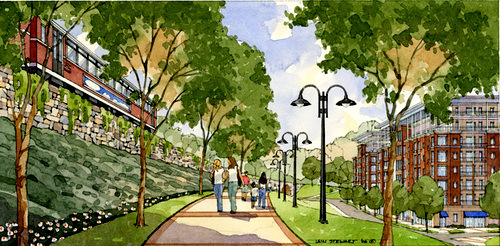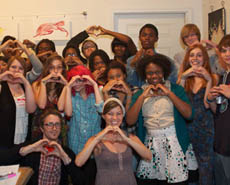Bellwether Brews
Community Engagement
Taking over abandoned storefronts and long-shuttered factories, breweries are breathing new life into cities across the country. Job interview, proposals and book clubs represent just a smidgen of activities occurring at your local brewpub. In the last few years, cities across the US have experienced a brewery renaissance. From empty storage units to abandoned storefronts, […]


